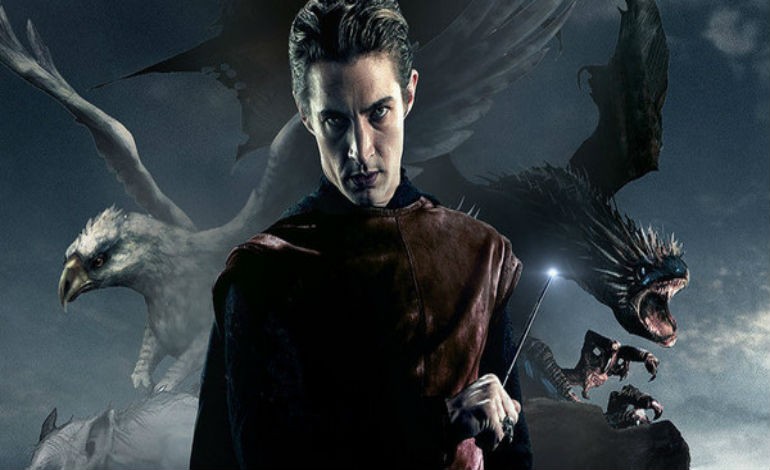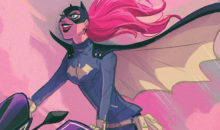The Wizarding World That Lives: Fantastic Beasts And Where To Find Them
It seems that after 2011 and the end of the second part of Harry Potter And The Deathly Hallows, we will get to look forward to the return of cold, darkness, winter, and the warmth of the Potterverse coming once again to the theatres near us.
Since September of 2013, it’s already been established that the Fantastic Beasts And Where To Find Them trilogy, based on J.K. Rowling’s supplementary in-universe book, will take place in the 1920s and focus on the ventures of Newton Scamander: the famous Magizoologist that examines and explores the nature of magical creatures and eventually creates his book: which is standard text-book reading in Hogwarts and the Potterverse.
I have to admit that I didn’t really expect a film like this to be made. As I mentioned earlier, Fantastic Beasts And Where To Find Them is a lore compendium created by Rowling to expand on her universe beyond the main Harry Potter narrative. It was created for the Comic Relief Charity back in 2001. I’d seen the book around, but I didn’t focus on it in particular and I never dreamed that J.K. Rowling would write a screenplay from it. Nevertheless, there are a lot of possibilities here. Fantastic Beasts itself illustrates the fact that the universe created around Harry Potter can be considered a fully realized and complex place in and of itself without its protagonist.
Rowling herself has said that this story is neither a prequel nor a sequel to Harry Potter. Even so, it’s interesting to look at the timeline of this book in the Wizarding world. In the 1920s Dumbledore was still a young man and hadn’t had his epic duel with Grindelwald yet. And Voldemort himself wouldn’t be born until 1926. As a result of these mainstays being either too young or non-existent yet, there is a lot of ground that can be explored here.
And look at Scamander himself. Not only is a wizard that specializes in magical creatures, but when he attended Hogwarts he was actually part of House Hufflepuff. Think about that for a few moments. For those of us that have read the books and seen the films, we have seen some very notable members of Houses Gryffindor, Slytherin and even Ravenclaw. But the Hufflepuffs, at least in my opinion, have always been given the short end of the wand, as it were: even though they are known for hard work, honesty, and loyalty.
For some reason, I keep thinking to myself that a great majority of wizards and witches in Rowling’s Wizard world have come from Hufflepuff (at least in Britain) and while the Gryffindors act courageously, the Slytherins plot, and the Ravenclaws study and innovate the Hufflepuffs keep everything running. The best geeky analogy I can think of is that while the other groups are like the Jedi Knights, Hufflepuffs are the original clone troopers and commandos: the rank and file of the Wizarding world that get the job done and thoroughly so. So to see a character from that House as what seems to be the protagonist of this trilogy will definitely be something for which to look forward.
I think, in the end, Rowling’s decision to expand on this book into a new film trilogy also hits something home: namely, it is more of a misnomer to call her universe the Potterverse than it would be to consider it her own Wizarding World. It is definitely a place where you can tell a lot more stories. I, for one, would definitely not mind seeing some Rowling Wizarding World films based off of the dark witch and wizard fairy stories within The Tales of Beedle The Bard. In some ways, I liked those stories even more than her entire Harry Potter story arc.
Fantastic Beasts And Where To Find Them will have its release date on November 18, 2016.







